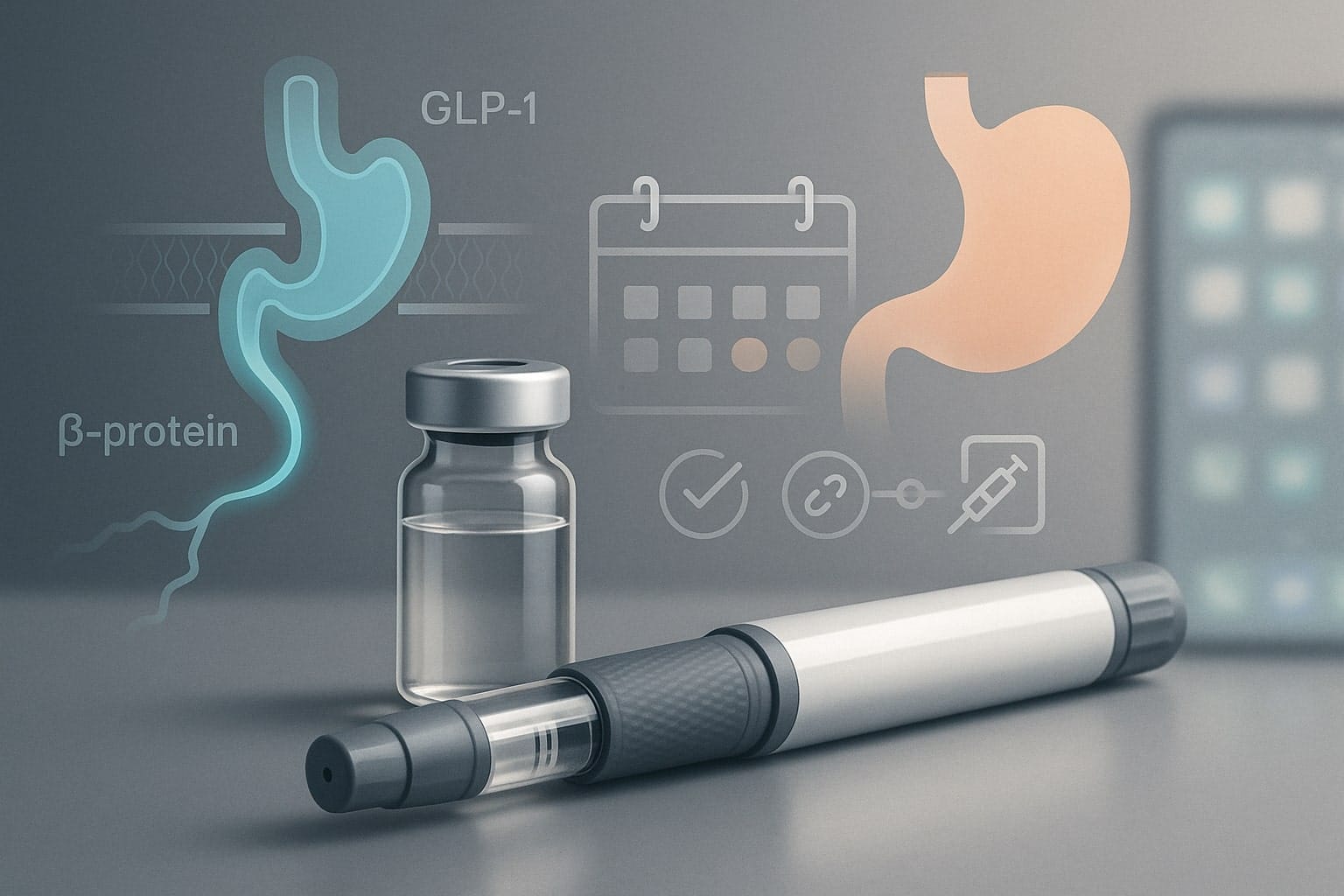A new bioRxiv preprint introduces ACE—Aging Cell Embeddings—an explainable, deep-generative model that claims to pull out universal transcriptional signatures of ageing across datasets. If it holds up, ACE could do something black-box “age clocks” rarely manage: slot neatly into existing FDA/EMA playbooks for qualified biomarkers and even, one day, companion tests for geroprotectors.
Table of Contents
ToggleWhat’s new—and why it matters
The ACE paper proposes an explainable framework that learns low-dimensional “age embeddings” from gene-expression data while disentangling nuisance signals (tissue, batch, platform). In plain English: instead of a single opaque score that rises with age, you get structured features that map back to genes and pathways. Explainability is not a cosmetic add-on here; it is the difference between a clever research tool and a regulatable one.
Why? Because U.S. and European regulators judge biomarkers in context—what will you use it for, and can we understand it well enough to trust it? The FDA’s Biomarker Qualification Program (BQP) and the NIH–FDA BEST glossary both insist on a tight Context of Use (CoU) and transparent evidence chains. An interpretable model that ties predictions to biological mechanisms fits that mindset far better than a black box.
Regulators don’t certify “ageing” in the abstract—they certify uses
A common misunderstanding in longevity circles is that an “ageing biomarker” can be waved into drug labels once it predicts age. That is not how it works. Regulators qualify a specific use, not a concept. The BQP is explicit: you define a CoU, then work through a staged submission (Initial, Qualification Plan, Full Package) with data aligned to that use. The EMA runs a parallel “Qualification of Novel Methodologies” pathway that similarly issues advice or opinions tied to concrete uses.
This is why explainability matters. If an ACE feature says “vascular smooth-muscle extracellular-matrix remodelling goes up as embedding dimension 3 increases,” you can design pharmacology and readouts around it. With an opaque clock, the burden shifts to post-hoc rationalisation—hard to defend in a qualification dossier.
From clock to companion: a credible pathway
The realistic near-term regulatory path for ACE-style models is not a leap to surrogate endpoints. The FDA’s Surrogate Endpoint Table—updated frequently—doesn’t list an ageing surrogate today, and it may be years before it does. The smarter play is to aim for monitoring or pharmacodynamic/response biomarker status in BQP terms, and—if paired to a specific therapeutic—an in-vitro companion diagnostic (IVD) claim later.
What that looks like in practice:
- Start narrow. Pick one pathway-anchored ACE feature in one disease-adjacent context (e.g., vascular ageing in metabolic syndrome). Pre-specify how it will be used to monitor target engagement in early trials.
- External validation sets. Show ACE generalises across labs and platforms, the Achilles’ heel of many clocks. Use public cohorts and pre-registered analysis plans.
- Link to outcomes. Even if you’re not seeking a surrogate endpoint, show that ACE deltas correlate with changes in recognised clinical or imaging markers. Keep an eye on the FDA’s surrogate resources to see where your evidence could graduate later.
- Choose the right regulatory wrapper. If the test is central to selecting or dosing patients for a given drug, companion diagnostic guidance applies; if it’s initially for research/early clinical decision support, some sponsors route via CLIA LDTs—but note the policy flux (see below).
The policy tailwind nobody is talking about
For years, companies relied on lab-developed tests (LDTs) as an agile on-ramp for biomarker deployment. In 2024–25, FDA moved to bring LDTs under device rules—then a federal court vacated the rule, and FDA formally rescinded it in September 2025. Result: LDTs remain a viable (if imperfect) bridge for prospective clinical use while sponsors assemble a full IVD package. That is relevant for ACE pilots that need real-world data quickly. (Legal risk and payer dynamics remain; plan accordingly.)
What makes ACE different from “clocks” that failed to travel
To date, many ageing clocks have struggled with generalizability (across tissues, platforms, and ancestries) and batch effects—problems visible across recent reviews and preprints. ACE’s claim is that disentangled, explainable embeddings travel better than monolithic scores and allow dataset-level adjustment without destroying biology. That is testable—and the field needs it.
If ACE can demonstrate:
- Cross-domain transport: same features behave consistently from whole blood to PBMCs;
- Mechanism anchoring: features map to pathways you can perturb;
- Calibration under shift: prospective pipelines show stable error under new labs/arrays;
—then it earns serious attention from methodologists and regulators.

A pragmatic, regulator-ready evidence plan
Below is the kind of staged programme that tends to resonate with agencies:
Stage 0 — Pre-specs and assay discipline
- Lock the pre-analytical variables (collection tubes, RNA prep, QC thresholds).
- Register a statistical analysis plan before seeing the outcomes.
- Define a primary ACE feature and a Context of Use (e.g., “monitoring biomarker to quantify vascular ageing load in adults with obesity during 24-week therapy X”).
Stage 1 — External, multi-site validation
- Three independent labs; blinded datasets; pre-registered metrics (MAE, concordance, calibration curves).
- Pre-define acceptable drift spans vs. reference sets (e.g., ±5% relative error), drawing on precisionFDA-style challenge design to build trust.
Stage 2 — Pharmacodynamic linkage
- In a Phase 2 study, co-measure ACE features and recognised physiological markers (e.g., brachial FMD or arterial stiffness indices for vascular contexts). Show dose–response.
- Include decision-impact analyses: did ACE-guided adjustments improve objective endpoints?
Stage 3 — Qualification or IVD pathway
- If your goal is cross-sponsor uptake, advance via BQP with a tightly written Full Qualification Package; if drug-specific, co-develop an IVD under companion diagnostic guidance.
Data points the field should track (and report)
- Transport metrics: Out-of-domain MAE vs. in-domain MAE; delta-calibration error on new sites.
- Pathway attribution: Share SHAP-like or counterfactual attributions that tie embedding axes to curated gene sets, not just gene lists.
- Failure modes: Drift under haemolysis, variable storage times, or new array chemistries (EPIC v2 problems bit many methylation clocks). Report these in supplements, not as afterthoughts.
- Demographic fairness: Performance across ancestry groups and sex, an under-reported gap in ageing biomarker literature.
What biotechs can do now
If you’re a longevity therapeutics startup:
- Pair ACE with a single indication you already pursue (metabolic, vascular, neuro-inflammation). Use it as a pharmacodynamic readout and for enrichment, not as an endpoint you hope to label on Day 1.
- Pre-consult with agencies (FDA Type C; EMA scientific advice) to shape your CoU and datasets before you spend the money.
If you’re a diagnostics startup:
- Decide your wrapper: a CLIA LDT pilot to collect prospective data (with payer realism) or straight to IVD with a pharma partner. The LDT rule rollback buys time, not certainty; build an IVD plan anyway.
- Standards from day one: adopt CDISC for data structures and publish a de-identified validation set; it materially speeds reviews and external replication.
If you’re an investor:
- Diligence the explainability: demand stable, pathway-level attributions that replicate across sites.
- Watch for qualification intent: a credible BQP roadmap is a tell that the team understands how real-world adoption happens.
The uncomfortable bits
- Generalizability remains the hill to climb. Reviews continue to show platform and population effects; ACE must beat those baselines out-of-sample, not just in cross-validation.
- Surrogate endpoint hopes are premature. The FDA’s table is expanding, but ageing is not there today; focus on monitoring and PD/response instead.
- Regulatory ground can shift. The LDT reversal helps near-term pilots, but future rule-making or legislation could swing again; plan for a full IVD route.
Bottom line
ACE arrives with exactly the trait longevity science has lacked: mechanistic transparency. That gives it a plausible road into the conservative world of biomarker qualification—first as a monitoring/response tool, later (perhaps) as part of a companion diagnostic package, and only much later, if ever, as a surrogate endpoint. The next six to 12 months should be spent less on leaderboard scores and more on portable biology, pre-specified validation, and regulatory-ready evidence. If ACE clears that bar, it could be the rare ageing model that both scientists and regulators can live with.












